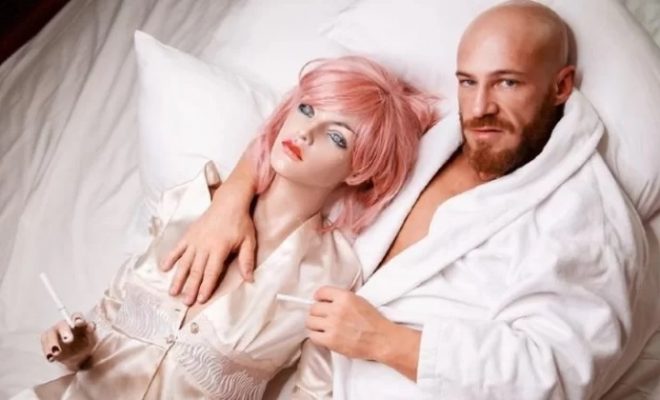Why Cross-Dressing in Public Remains a Taboo
It is a shame in society that the taboos and stigmas surrounding cross-dressing continue to haunt crossdressers across the globe in varying degrees. While at some places, crossdressers receive glares and words full of abhorrence and dejection, at others, their mere existence is doomed to be illegal.
The situation is more gruesome for men or those who are perceived as manly by society as it is for women who dress tom boyishly. Although women do continue to receive criticism, trans-fem and masc figures the harshest boycott. Non-critical thinking would say cisgender men are the victims.
A deeper analysis shows something different. Let us look at three factors that are perpetuating stigmas around cross dressing in public.
Misogyny and sexism
Due to the prevailing sexism and misogyny in our society, femininity is perceived as a sign of weakness and shame. Cisgender men who want to dress in clothes associated with women are hence seen as easy targets to harass. On the other hand, women crossdressers are seen as uncultured and defiant since they attempt to enter spaces of power they were historically refused. However, conditioning makes us see their masculine expression as something to be afraid of.
Stigmatization of the LGBTQIA+ Community
Anything away from the prescribed norms of culture is seen as “gay” in the community. The cisnormative and heteronormative structures of the society contribute profoundly to such taboos, where being gay is seen as obscene and delicate. Needless to say, there is nothing weak or invalid about being queer, gay, Trans, or a part of the LGBTQIA+ community.
Power structures like Patriarchy
Lastly, the root cause of all the conundrums is patriarchy. Patriarchy defines incorrigible roles for each gender and has created a ludicrous binary that unapologetically refuses to die. Holding men at the apex, and it looks down upon the feminine. The current power structures would need policing of the society, which is well met through stigmatization and discrimination against crossdressers.
Conclusion
To reiterate, it is the power structures and norms of society that hinder us from wearing clothes of our choice. Making an effort to unlearn and relearn our conditionings and biases is a long process, but the resistance is worth it.









